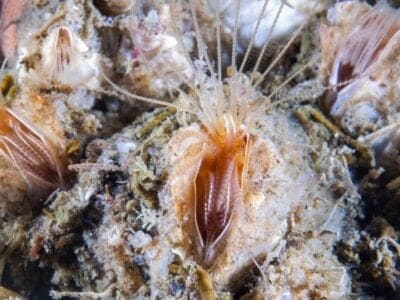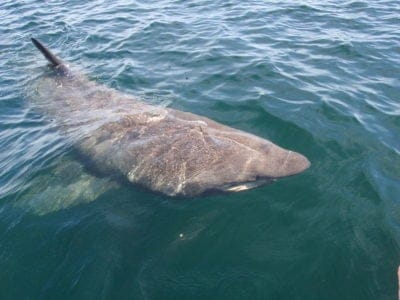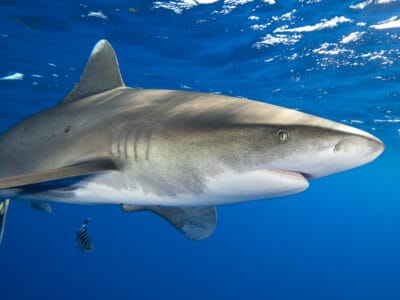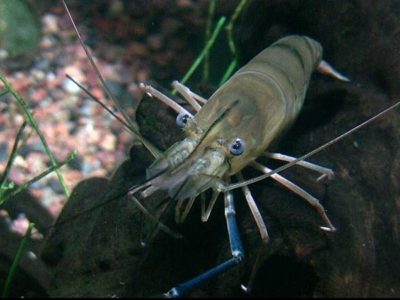Below you can find a complete list of Northeast Pacific Ocean animals. We currently track 182 animals in Northeast Pacific and are adding more every day!
Apart from the Aleutian Islands curving away from Alaska, the Northeast Pacific is basically devoid of landmasses everywhere from North America to Japan and Russia. In between these two outliers of the continents of Asia and North America, the Pacific Ocean is a cold, blustery seascape far off the world’s major trade routes and traversed mostly by vessels taking advantage of the bounteous harvests of the frigid national fisheries in the region.
Even for these vessels, the action is mostly along the continental shelf rather than out into the oceanic reaches. Part of the harvest comes in the form of shellfish, such as famous Alaskan King Crabs, although more ordinary scaled fishes are also taken in large quantities. The area is also home to a large number of the world’s whales. Combine whale watching with the unique and spectacular coastal scenery, and one finds that cruises into these northern waters are far more popular than one might otherwise imagine.
Obviously, there is no National Animal Of The Northeast Pacific since there is no single national authority to pick one. If there were to be such a creature, however, it would probably be one of the instantly recognizable species of whale.
Where To Find The Top Wild Animals In The Northeast Pacific Ocean
Much of the wildlife of the Northern Pacific consists of migratory fish species, so it is not really possible to designate a unique spot where one is most likely to find the sort of view that is sought. Along the spectacular and thinly-settled coastline of Alaska, one can find a full selection of viewing opportunities.
For those interested in mammalian inhabitants of the Northeast Pacific, most of the bays and harbors all along the west coast of North America provide food, shelter, and safety for species such as Sea Otters, Sea Lions, and Seals.
As part of the largest ocean on the planet, it only makes sense that the Northeast Pacific is also home to some of the largest wildlife species in the world as well. The mighty and majestic Humpback Whales of the area are famous for their vast bulk, yet the largest of the dolphins– the Killer Whale or Orca – as well as the giant Pacific Squid and Octopus are also titans among the fellow members of their species.
The Most Dangerous Animals In The Northeast Pacific Ocean
While there are plenty of dangerous creatures in the sea, they are generally not much of a risk unless you invade their underwater domain. In that case, they might mistake you for some new type of food source.
Sharks are generally a risk anywhere they are found in the world. Due to their mass, any close-up encounter with a member of the whale family also has the potential of being dangerous. Overall, however, the most dangerous type of wildlife in the Northeast Pacific is probably the Killer Whale or Orca.
This is, after all, a very large sea creature and one that is carnivorous. They may not be malignantly disposed towards humans, but they are also not the happy-go-lucky creatures in the wild that they are at Sea World.
Endangered Animals In The Northeast Pacific Ocean
Over so large a region of the planet, there are many endangered species in the Northeast Pacific region. The North Pacific Right Whale is among those considered to be most endangered. In the past, it was of less concern since it was typically grouped with the Right Whale species of the Atlantic and Southern Pacific but is now classified as its own unique species.
Approximately 20 different sharks are listed as being of concern, as well as a number of sea turtle species.
There is increasing concern about the over-harvesting of many of the Pacific’s most well-known fish species. Crab populations are under pressure as are such fish as the Alaskan Pollock, which in turn came under pressure as stocks of Atlantic Cod collapsed. This forced fishermen to look for alternatives that were similar in taste and color to the well-known Cod. The various members of the Salmon family are getting much attention due both to overfishing and breeding ground destruction due to drought conditions on the western half of North America.
Naturally, there are also wildlife species that have gone fully extinct or are in very immediate danger of becoming extinct. Probably the most widely recognized member of extinct Pacific species is the Japanese Sea Lion, which was once seen in huge numbers.
Northeast Pacific Ocean Animals
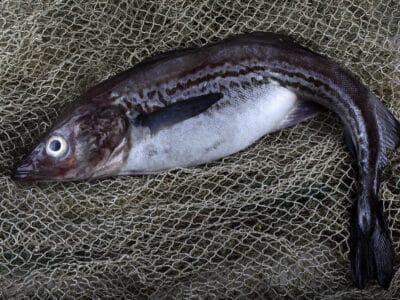
Alaskan Pollock
It's one of the most commonly eaten fish in the world
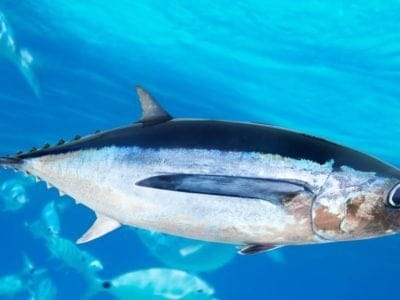
Albacore Tuna
The albacore is a very fast swimmer
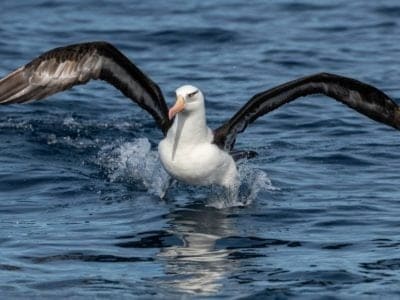
Albatross
The largest wingspan of any bird in the world!

Amberjack
Amberjack can grow up to 200 pounds
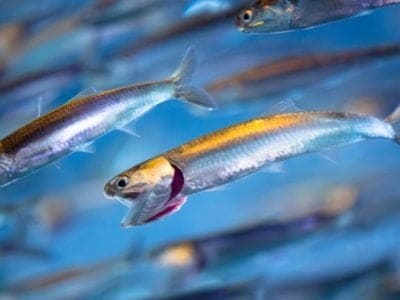
Anchovies
November 12th is celebrated as National Pizza with the Works Except Anchovies Day
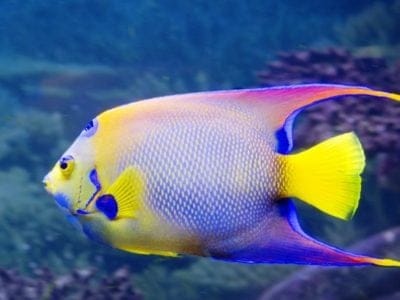
Angelfish
There are 70 different species!

Anglerfish
The anglerfish has a glowing lure on its head to attract unsuspecting prey
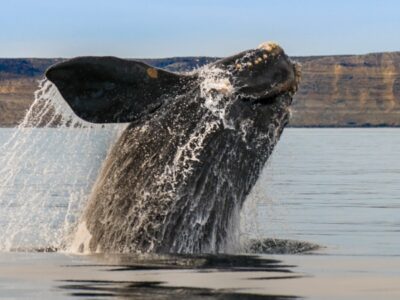
Baleen Whale
“Sings” a whale song during breeding season.

Barracuda
Can grow to nearly 2 meters long!

Barreleye Fish (Barrel Eye)
A barreleye fish's eyes can rotate in their head to look for prey.

Bird
Not all birds are able to fly!
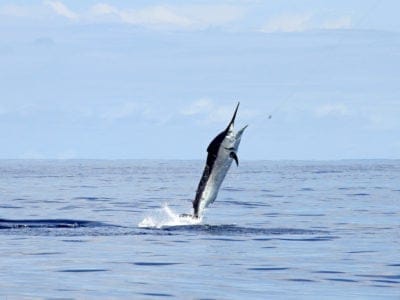
Black Marlin
Every black marlin is born as a female.
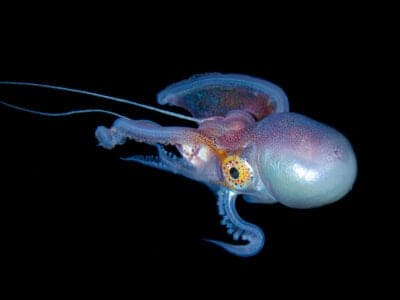
Blanket Octopus
Females can weigh up to 40,000 times more than their partners.
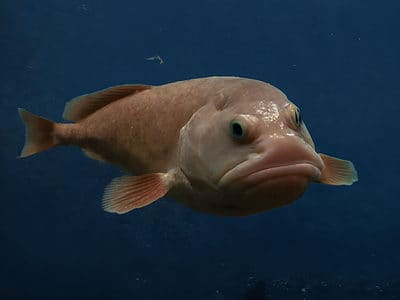
Blobfish
One of the ugliest creatures in existence!

Blue Dragon Sea Slug
They inflict a painful, venomous sting

Blue-Ringed Octopus
The blue-ringed octopus produces some of the deadliest poison in the world
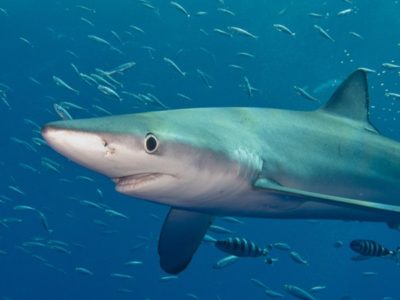
Blue Shark
Blue sharks can have up to 135 pups at a time.

Blue Whale
The largest animal on Earth
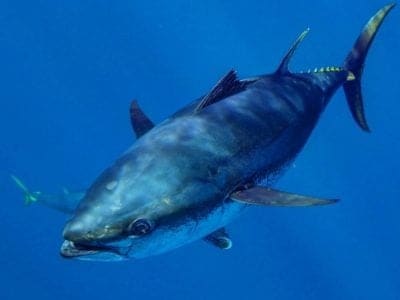
Bluefin Tuna
The bluefin is one of the largest fish in the world

Bonito Fish
May eat squid or other small invertebrate ocean life
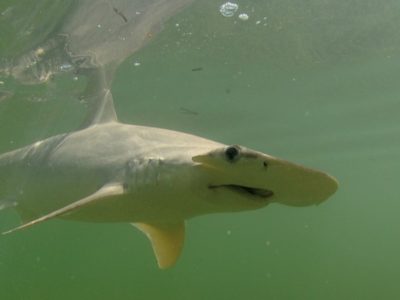
Bonnethead Shark
Bonnetheads are the only hammerhead sharks that use their pectoral fins to swim.
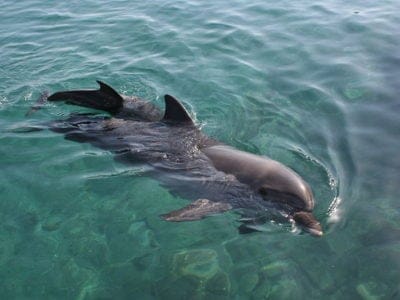
Bottlenose Dolphin
Stays in groups from 15 to 2,000 in number!'

Box Jellyfish
Venomous marine animals
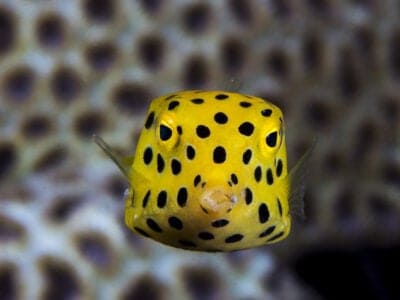
Boxfish
Can release a toxin from its skin
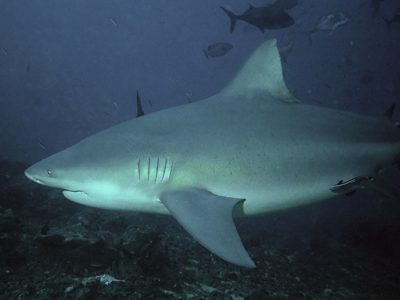
Bull Shark
Unpredictable and aggressive temperament!
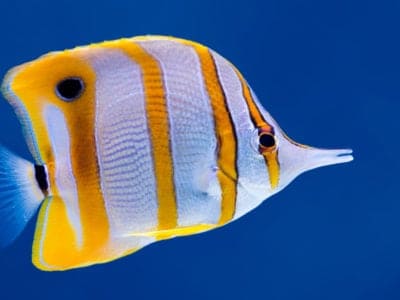
Butterfly Fish
There are more than 100 different species!
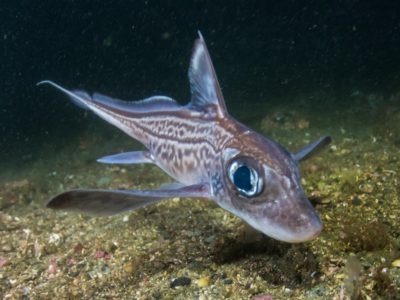
Chimaera
Also called ghost shark
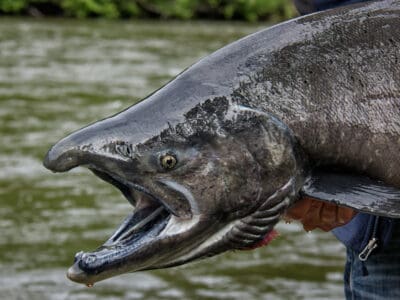
Chinook Salmon
The Chinook salmon undertakes a long migration for the spawning season
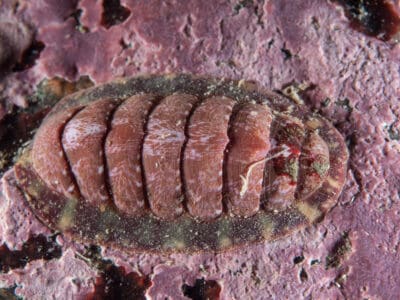
Chiton
Chitons are closely related to snails, oysters, and mussels because of their shared phylum
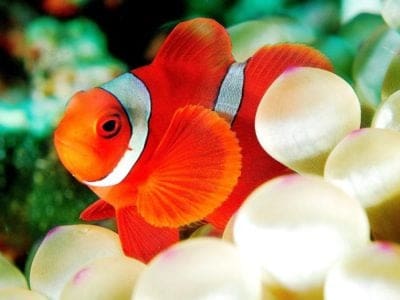
Clownfish
Also known as the anemonefish!

Cobia Fish
It has teeth not only in its jaws but in its tongue and the roof of its mouth
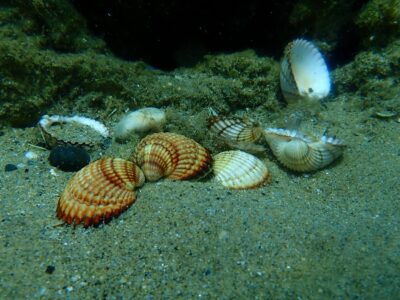
Cockle
Cockles live quite long; their lifespan usually ranges from 5 to 10 years in the wild.

Coconut Crab
The largest terrestrial arthropod in the world
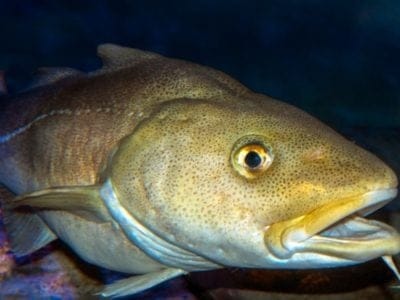
Codfish
Codfish are carnivorous and eat other fish, including young codfish.
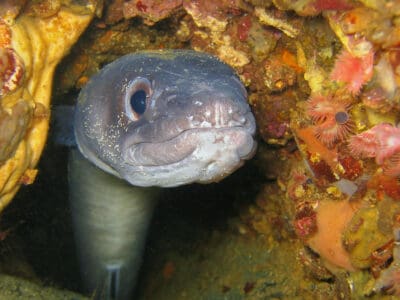
Conger Eel
The European Conger ( Conger conger) can weigh as much as an adult human!

Cookiecutter Shark
The cookiecutter shark takes its name because it leaves a cookie-shaped bite hole in its prey.
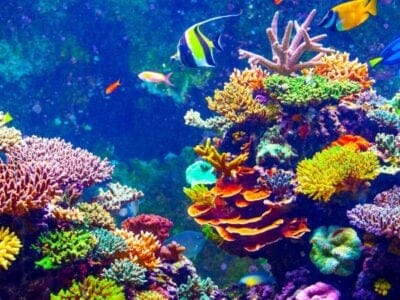
Coral
There are more than 6000 species of coral in the world's oceans.

Crab
There are 93 different crab groups
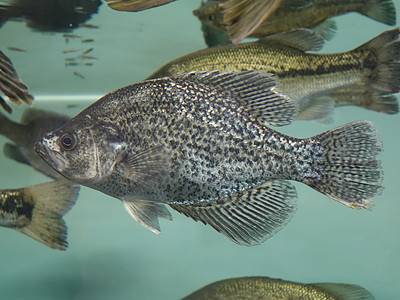
Crappie Fish
The crappie is one of the most popular freshwater fish in North America.
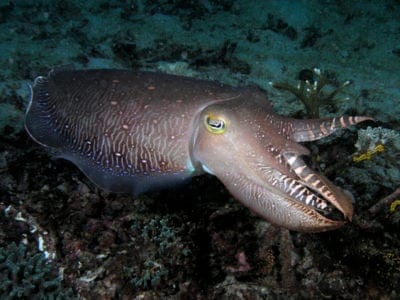
Cuttlefish
Found throughout the world's oceans!
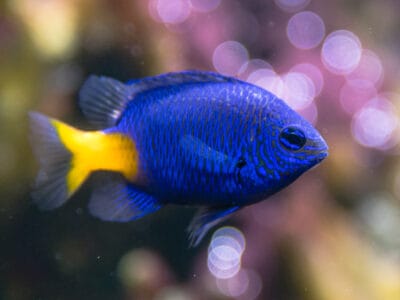
Damselfish
Damselfish belong to the family Pomacentridae

Dolphin
Can reach speeds of up to 25 mph!
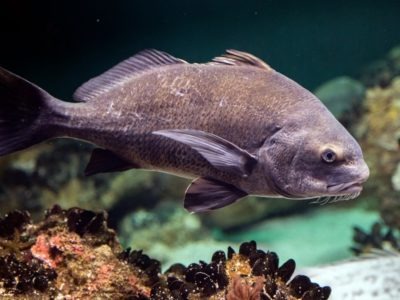
Drum Fish
The drum fish makes a croaking sound with its swimming bladder!

Dusky Dolphin
Communicates using whistles, squeaks and clicks!
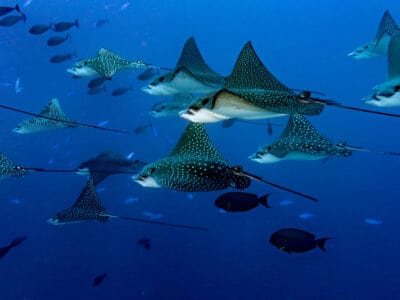
Eagle Ray
Majestic underwater bird like fish

Eel
Eels can be a mere few inches long to 13 feet!
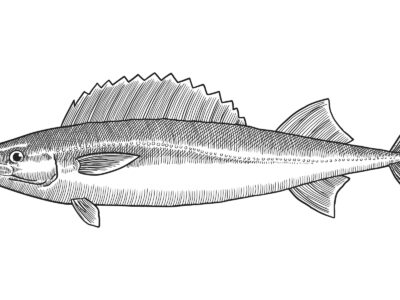
Escolar
Its system can’t metabolize wax esters, which can lead to unpleasantness for diners.

False Killer Whale
The false killer whale looks like a cross between a dolphin and orca!
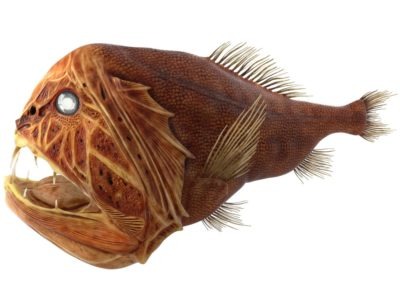
Fangtooth
Has the largest teeth compared to body size of any known fish!

Fin Whale
Found throughout ocean waters worldwide!
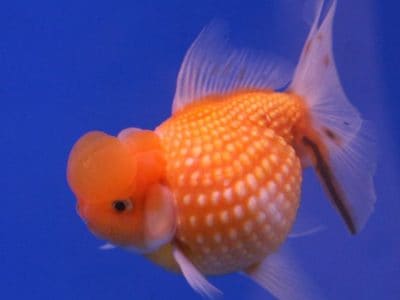
Fish
Respire through the gills on their heads!

Flounder
A flat fish found in the Atlantic and Pacific!

Fly
There are more than 240,000 different species!
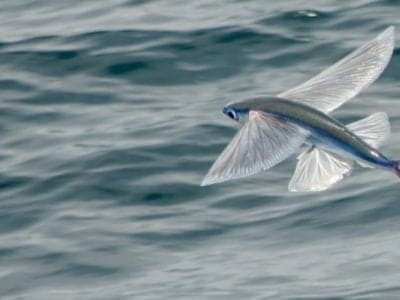
Flying Fish
Can glide in the air for hundreds of feet

Football Fish
The football fish is named after its unusual round or oblong shape
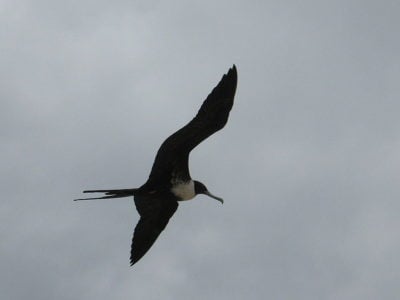
Frigatebird
Found inhabiting tropical islands and coasts!
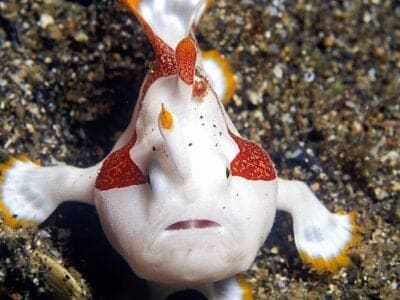
Frogfish
The frogfish can change colors, but it takes several weeks to do so
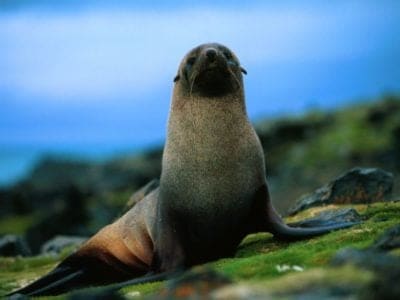
Fur Seal
Found only in the Northern Hemisphere!

Garden Eel
Garden eel colonies are made up of hundreds to thousands of individuals.
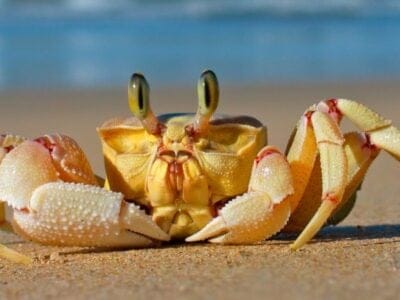
Ghost Crab
Their eyestalks, which are sometimes horned, can swivel 360 degrees

Giant Isopod
Giant isopods are the largest group of isopods in the world
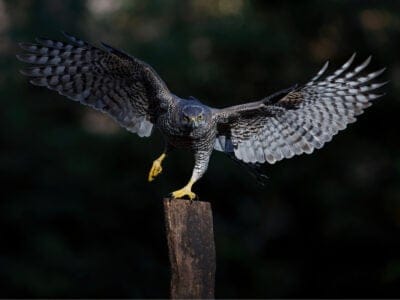
Goshawk
The goshawk is a popular choice among European falconers

Great Hammerhead Shark
Great hammerhead sharks have a 360 view because their eyes are situated on the ends of their mallet-like heads.
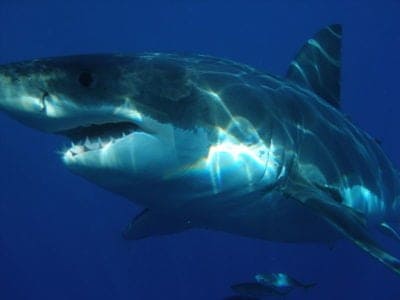
Great White Shark
Can grow to more than 8 meters long!

Grey Reef Shark
One of the most common shark species!

Grunion
Their whole bodies are edible

Gulper Eel
Gulper eels have a similar lifespan to humans and can live up to 85 years old. However, their age depends on their habitat and the availability of food.

Hagfish
Can use slime to suffocate marine predators or escape capture
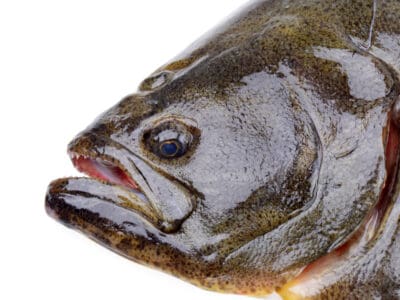
Halibut
The word "halibut" is comes from haly meaning "holy" and butte meaning flat fish due to its popularity on Catholic holy days.

Hammerhead Shark
Found in coastal waters around the world!
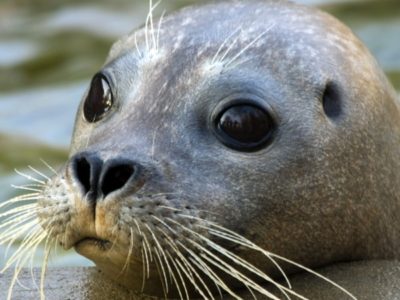
Harbor Seal
Harbor seals can dive as deep as 1400 feet

Hardhead Catfish
The hardhead catfish has a sharp spine near its fin to inject venom
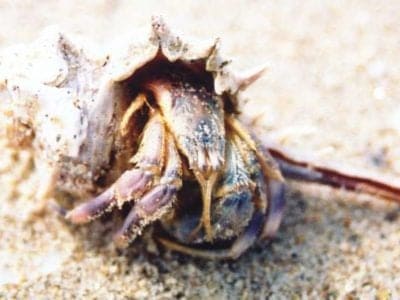
Hermit Crab
There are over 500 different species!

Herring
People enjoy the taste of the oily fish in many different ways including pickled, smoked, salted, dried and fermented.

Horseshoe Crab
Changed little in over 500 million years!
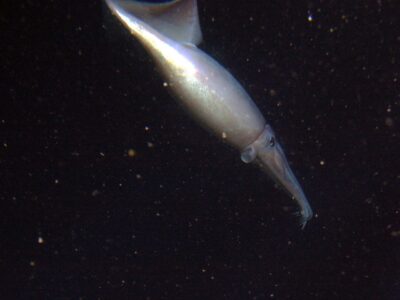
Humboldt Squid
The Humboldt squid can change colors to communicate
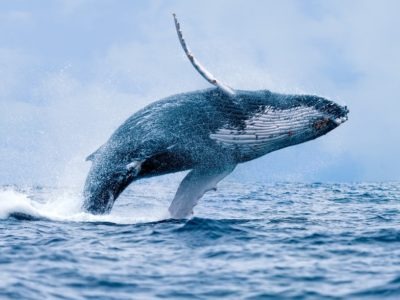
Humpback Whale
There are thought to be 80,000 left in the wild!

Immortal Jellyfish
Excellent hitchhiker on long-trip cargo ships

Insects
There are an estimated 30 million species!

Jellyfish
Have tentacles around their mouths!

Keta Salmon
During spawning the look of the male changes. Among other things, he grows a beak called a kype that bears fangs.
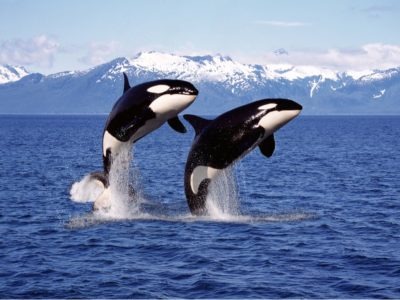
Killer Whale
Typically consumes over 200 kg of food a day!

King Crab
Can have a leg span of nearly 2 meters!
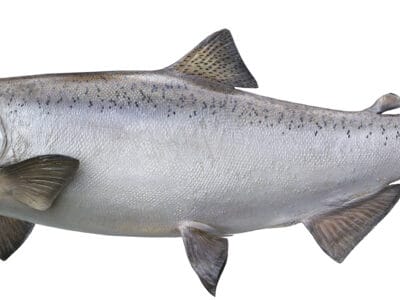
King Salmon
Largest of the Pacific salmon

Krill
The krill is perhaps the most important animal in the marine ecosystem!
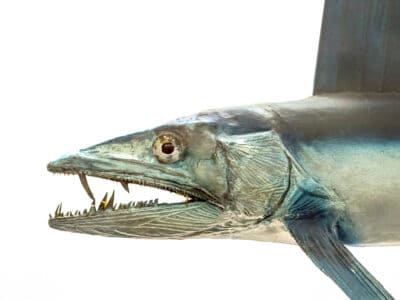
Lancetfish
Lancetfish live at depths up to 6,500 feet below sea level

Leopard Shark
Leopard Sharks have teeth with three points.

Lion’s Mane Jellyfish
Though it’s a huge animal, the lifespan of the lion’s mane jellyfish is only a year.
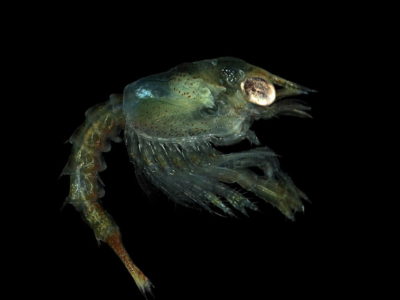
Lobster
Have been known to reach 100 years old!
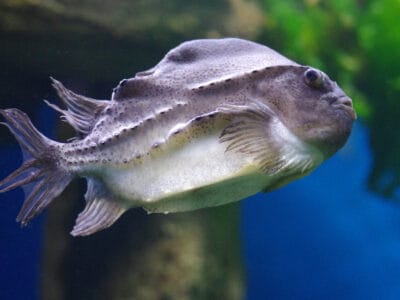
Lumpfish
The lumpfish have sticky suction cups on their fins
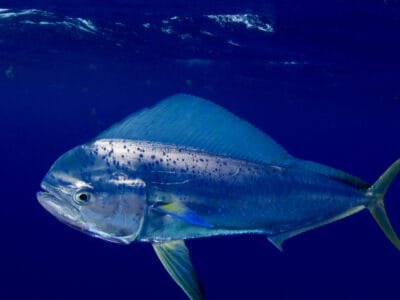
Mahi Mahi (Dolphin Fish)
It's called the rabbit of the ocean because it multiplies so quickly.
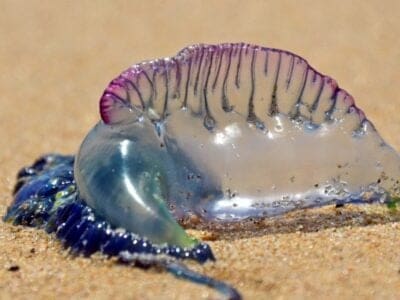
Man of War Jellyfish
Named for an 18th century warship
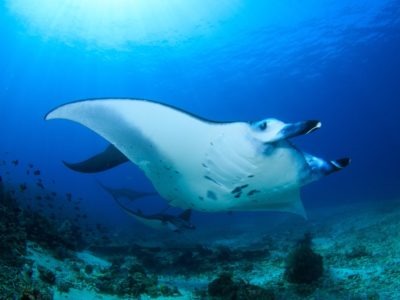
Manta Ray
Can grow up to 9m wide!
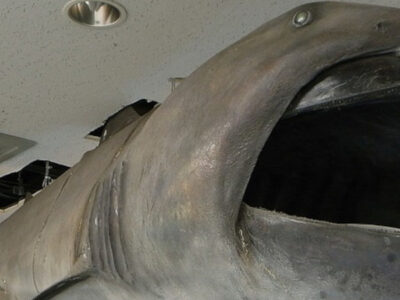
Megamouth Shark
Swims with its mouth open to capture prey

Mojarra
The mojarra's protruding mouth allows it to sift along the seabed for food
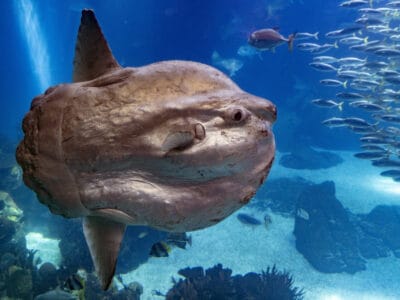
Mola mola (Ocean Sunfish)
The ocean sunfish is the biggest bony fish in the world
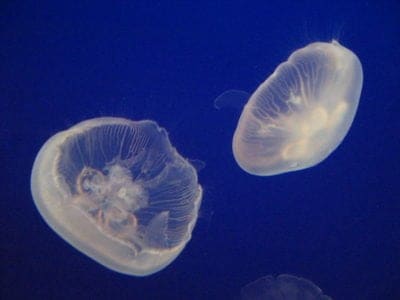
Moon Jellyfish
Moon Jellies are bioluminescent, so they glow in the dark! They can also de-age!
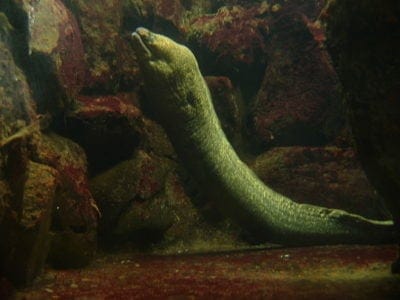
Moray Eel
Sometimes, groupers invite moray eels to help them hunt!
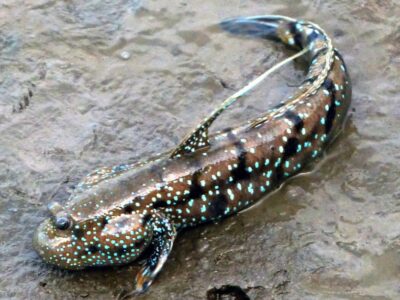
Mudskipper
They walk on land

Nematode
Nematodes range in size from 1/10 of an inch to 28 feet long

Neptune Grouper
The largest recorded specimen ever caught was 17" long
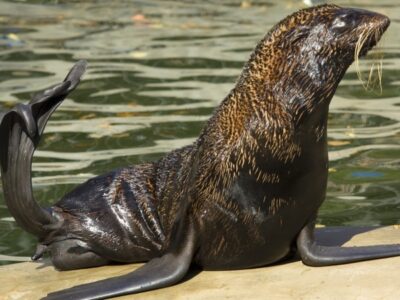
Northern Fur Seal
Dense underfur means they don’t need blubber to stay warm
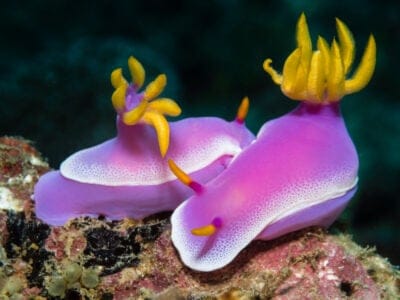
Nudibranch
They get toxins from their prey to use it against predators.
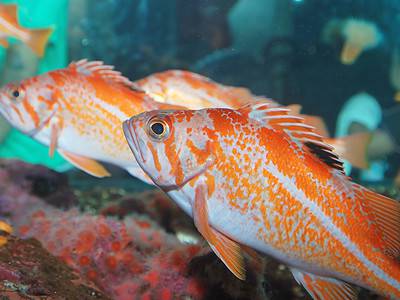
Ocean Perch
As a scorpionfish, the ocean perch has spines along its back!

Ocean Whitefish
Common around Southern California
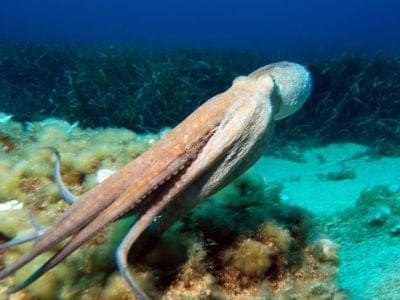
Octopus
There are around 300 different species!
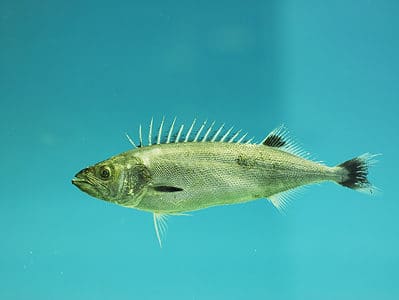
Oilfish
They live in deep water as far as 2,600 feet below the water’s surface.

Opah
Opah are brightly colored, with red-orange fins and a silvery body.

Oyster
Can process up to 10 litres of water an hour!

Pacific Sleeper Shark
In 2015, a Pacific Sleeper Shark was filmed living underneath an active volcano near the Solomon Islands. This shark is able to survive in waters with very high temperatures and acidity!

Parrotfish
The parrotfish can change from female to male at some point in its life.
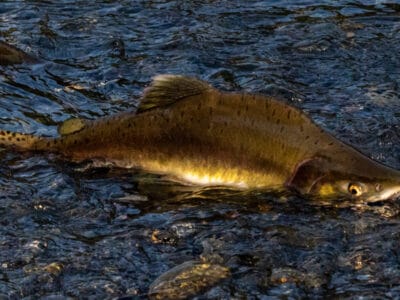
Pink Salmon
The smallest of the North American salmon
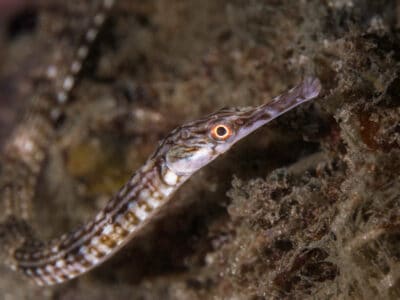
Pipefish
The male pipefish has the ability to carry fertilized eggs with him
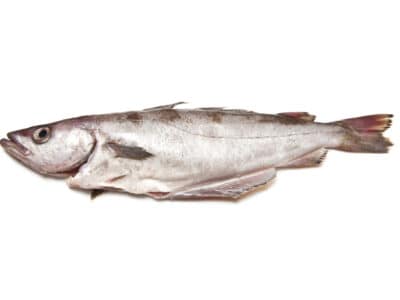
Pollock Fish
Pollock is a nutritious fish, generally readily available for human consumption, and more sustainable and affordable than other whitefish species like hake or haddock.

Pompano Fish
They are bottom-feeders
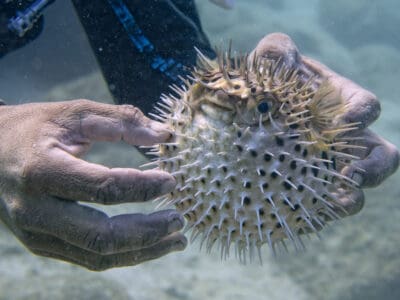
Porcupinefish
The Porcupinefish secrete a potent neurotoxin known as tetrodotoxin; this poison can kill both people and predators.
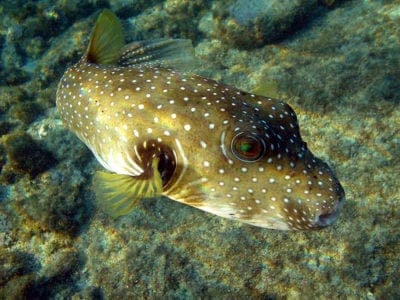
Pufferfish
The second most poisonous creature in the world!

Pygmy Shark
Pygmy sharks underbelly glows to attract prey that swims beneath it.

Pyrosome
They float with the current.
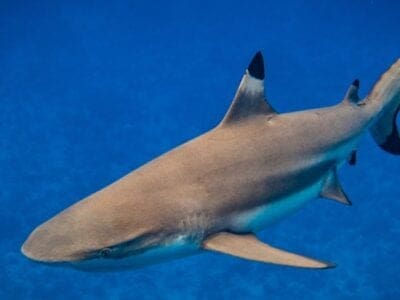
Reef Shark
Grey reef sharks can give birth without males

Rockfish
These fish can grow up to three feet long!

Sailfish
Fast billfish with a sail-like dorsal fin
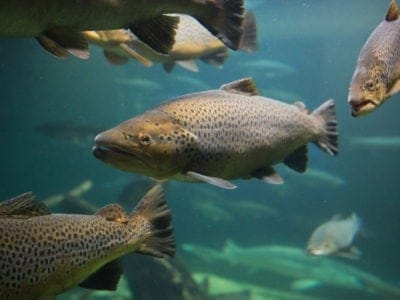
Salmon
Returns upstream every year to spawn

Salmon Shark
Salmon sharks are related to Great Whites.
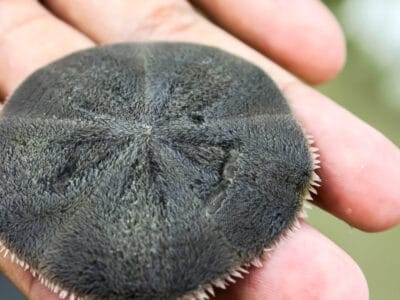
Sand Dollar
Sand Dollar skeletons make popular collection items for seashell collectors.
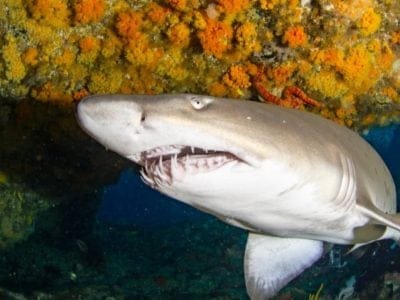
Sand Tiger Shark
The sand tiger is the shark most commonly seen in aquariums.
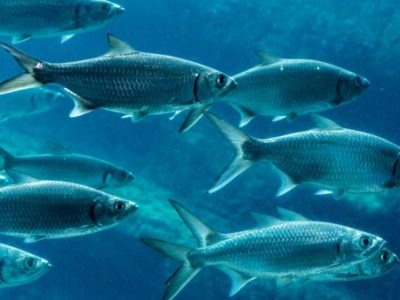
Sardines
Schools of sardines can be miles long and are often visible from an airplane
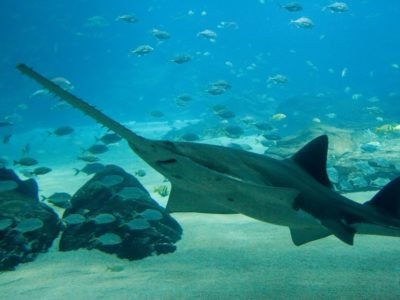
Sawfish
Sawfish teeth keep growing as the fish gets older

Scorpion Fish
There are more than 200 recognised species!

Sea Anemone
Creatures have characteristics of both animal and plant

Sea Eagle
The sea eagle tends to mate for life with a single partner
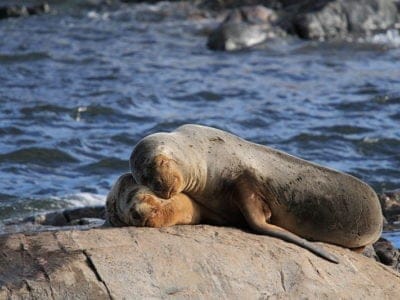
Sea Lion
It's flippers allow it to walk on the land
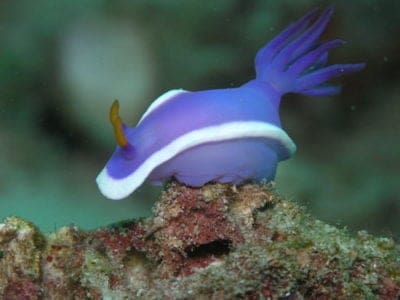
Sea Slug
All sea slugs have both male and female sex organs

Sea Squirt
There are more than 3,000 known species!
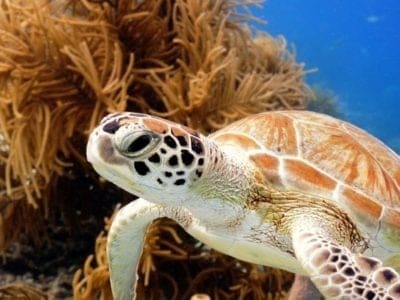
Sea Turtle
Always return to the same beach to lay eggs!
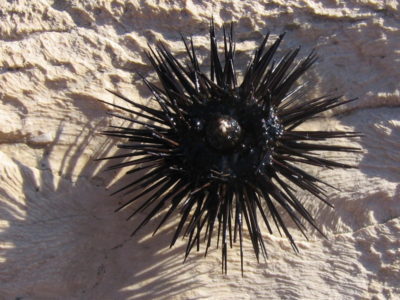
Sea Urchin
Can live for up to 200 years!
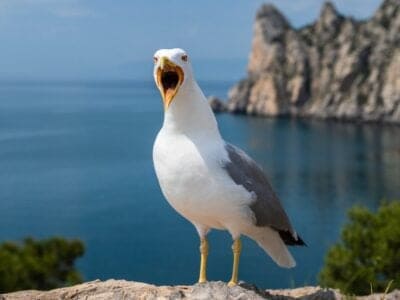
Seagull
Some gulls are capable of using tools

Seahorse
Males give birth to up to 1,000 offspring!

Seal
There are 30 different species worldwide!
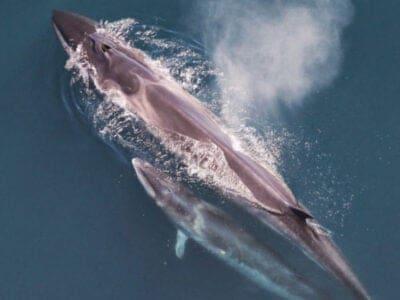
Sei Whale
This whale is one of the fastest of the cetaceans
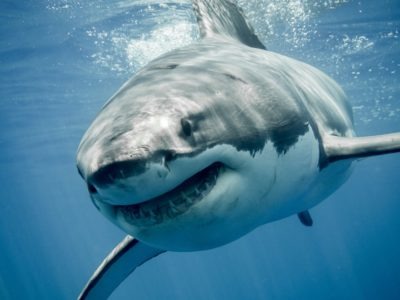
Shark
No shark species has any bones in their bodies

Shortfin Mako Shark
Shortfin Mako sharks can jump 20 feet above the water!”

Shrimp
There are 2,000 different species worldwide!
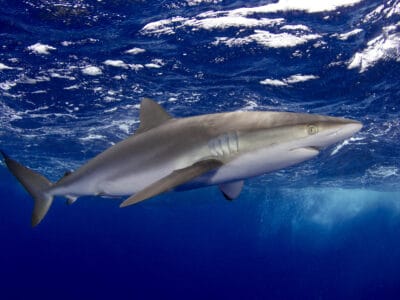
Silky Shark
Has an extremely acute sense of hearing
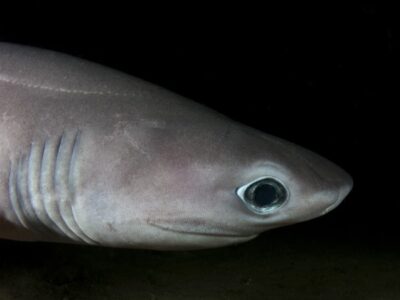
Sixgill shark
The sixgill shark has six pairs of gills instead of the normal five
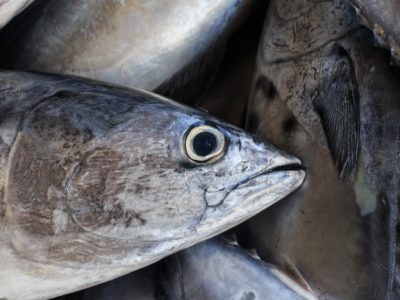
Skipjack Tuna
The skipjack is the most commonly caught tuna in the world

Sleeper Shark
The Greenland shark is one of the longest living vertebrates in the world.

Snail
There are nearly 1,000 different species!
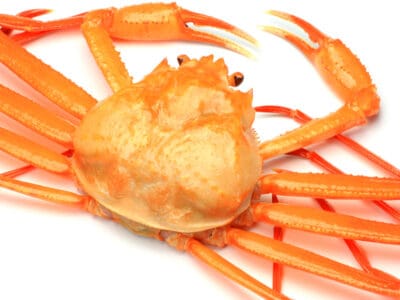
Snow Crab
Snow crabs communicate with each other by waving or drumming their pincers.
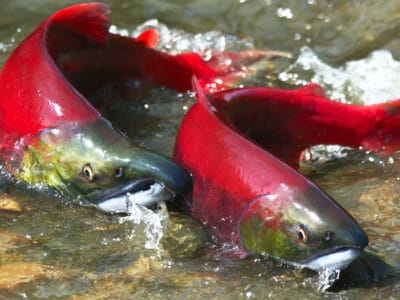
Sockeye Salmon
Called "red salmon" because their skin turns bright red to dirty red during spawning season
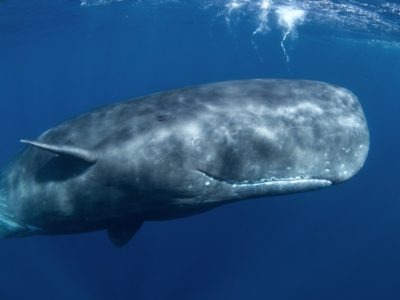
Sperm Whale
Each tooth weighs 1kg!

Spinner Shark
Can have up to 20 babies
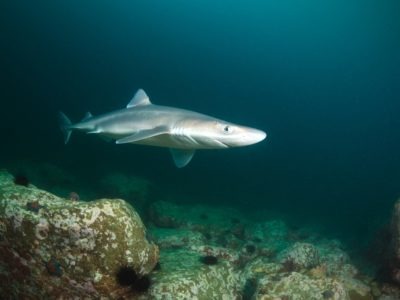
Spiny Dogfish
Found in ocean waters worldwide!

Sponge
There are more than 9,000 known species!
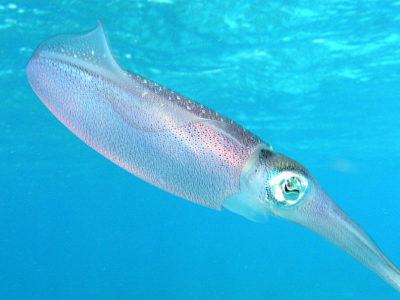
Squid
Some species are known to have 10 arms!
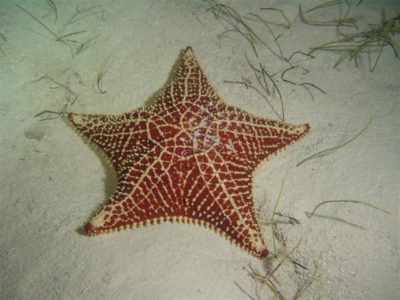
Starfish
Has 2 stomachs to aid digestion!

Stingray
It's stinger is razor-sharp or serrated!
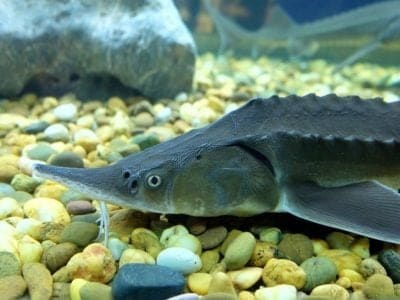
Sturgeon
Large species can swallow whole salmon
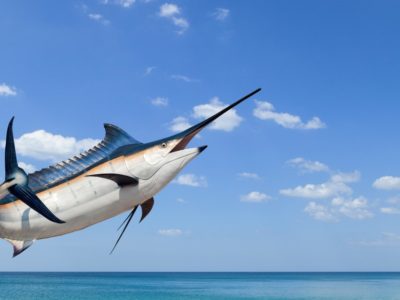
Swordfish
Lose their scales and teeth as adults

Tang
Found around shallow coral reefs!

Tarpon
Its genus dates back to the Cretaceous period – 113 million years ago

Telescope Fish
Swallows food, much of it larger than them, whole

Thresher Shark
Thresher Sharks have a distinctive, thresher-like tail.

Tiger Shark
The fourth biggest species of shark in the world!

Toadfish
Can be heard out of water
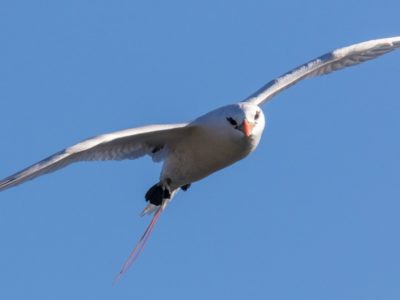
Tropicbird
Nests on tropical islands and cliffs!
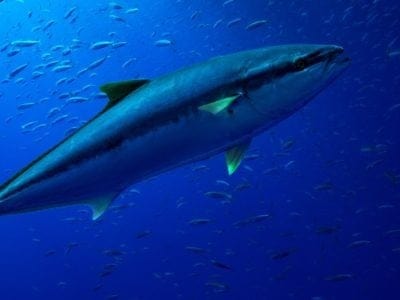
Tuna
The tuna has a sleek body that enables it to swim quickly through the water

Turtles
Some species of aquatic turtles can get up to 70 percent of their oxygen through their butt.

Viperfish
Viperfish have a bioluminescent spine on their dorsal fin.
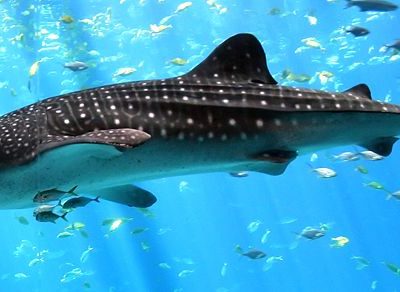
Whale Shark
The largest species of fish in the world!
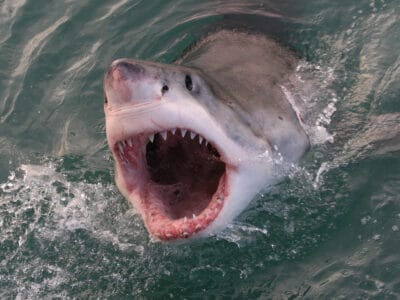
White Shark
White Sharks live in all of the world's oceans.
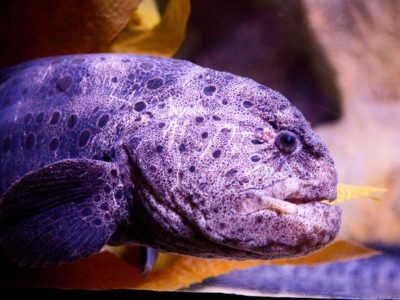
Wolf Eel
Wolf Eels may become tame and interact with human in areas where people frequently dive.
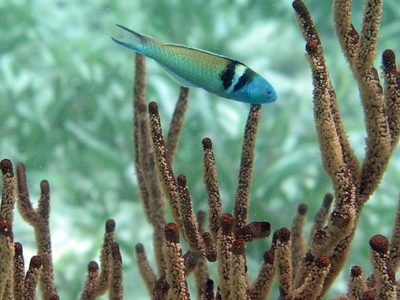
Wrasse
There are more than 500 different species!

Yellow-Bellied Sea Snake
Sea snakes spend approximately 90% of their lives under water.
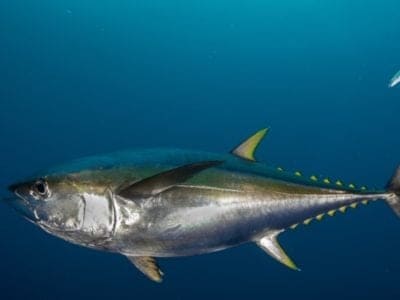
Yellowfin Tuna
The yellowfin forms schools with other tuna species
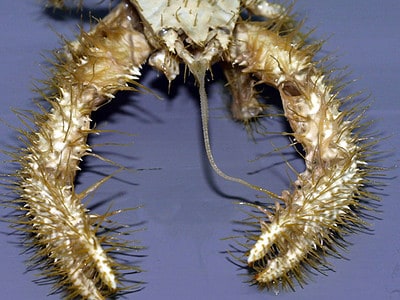
Yeti Crab
The yeti crab has hairy arms, which collect bacteria to feed on
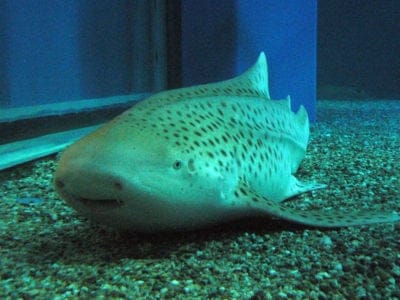
Zebra Shark
Can get to be 30 years old in the wild!
Northeast Pacific Ocean Animals List
- Alaskan Pollock
- Albacore Tuna
- Albatross
- Amberjack
- Anchovies
- Angelfish
- Anglerfish
- Baleen Whale
- Barnacle
- Barracuda
- Barreleye Fish (Barrel Eye)
- Basking Shark
- Bird
- Black Marlin
- Blanket Octopus
- Blobfish
- Blue Dragon Sea Slug
- Blue-Ringed Octopus
- Blue Shark
- Blue Whale
- Bluefin Tuna
- Bonito Fish
- Bonnethead Shark
- Bottlenose Dolphin
- Box Jellyfish
- Boxfish
- Bull Shark
- Butterfly Fish
- Chimaera
- Chinook Salmon
- Chiton
- Clownfish
- Cobia Fish
- Cockle
- Coconut Crab
- Codfish
- Conger Eel
- Cookiecutter Shark
- Coral
- Crab
- Crappie Fish
- Cuttlefish
- Damselfish
- Dolphin
- Drum Fish
- Dusky Dolphin
- Eagle Ray
- Eel
- Escolar
- False Killer Whale
- Fangtooth
- Fin Whale
- Fish
- Flounder
- Fly
- Flying Fish
- Football Fish
- Frigatebird
- Frogfish
- Fur Seal
- Garden Eel
- Ghost Crab
- Giant Isopod
- Goshawk
- Great Hammerhead Shark
- Great White Shark
- Grey Reef Shark
- Grunion
- Gulper Eel
- Hagfish
- Halibut
- Hammerhead Shark
- Harbor Seal
- Hardhead Catfish
- Hermit Crab
- Herring
- Horseshoe Crab
- Humboldt Squid
- Humpback Whale
- Immortal Jellyfish
- Insects
- Jellyfish
- Keta Salmon
- Killer Whale
- King Crab
- King Salmon
- Krill
- Lancetfish
- Leopard Shark
- Lion’s Mane Jellyfish
- Lobster
- Longfin Mako Shark
- Lumpfish
- Mahi Mahi (Dolphin Fish)
- Man of War Jellyfish
- Manta Ray
- Megamouth Shark
- Mojarra
- Mola mola (Ocean Sunfish)
- Moon Jellyfish
- Moray Eel
- Mudskipper
- Nematode
- Neptune Grouper
- Northern Fur Seal
- Nudibranch
- Ocean Perch
- Ocean Whitefish
- Oceanic Whitetip Shark
- Octopus
- Oilfish
- Opah
- Oyster
- Pacific Sleeper Shark
- Parrotfish
- Pink Salmon
- Pipefish
- Pollock Fish
- Pompano Fish
- Porcupinefish
- Prawn
- Pufferfish
- Pygmy Shark
- Pyrosome
- Reef Shark
- Rockfish
- Sailfish
- Salmon
- Salmon Shark
- Sand Dollar
- Sand Tiger Shark
- Sardines
- Sawfish
- Scorpion Fish
- Sea Anemone
- Sea Eagle
- Sea Lion
- Sea Slug
- Sea Squirt
- Sea Turtle
- Sea Urchin
- Seagull
- Seahorse
- Seal
- Sei Whale
- Shark
- Shortfin Mako Shark
- Shrimp
- Silky Shark
- Sixgill shark
- Skipjack Tuna
- Sleeper Shark
- Snail
- Snow Crab
- Sockeye Salmon
- Sperm Whale
- Spinner Shark
- Spiny Dogfish
- Sponge
- Squid
- Starfish
- Stingray
- Sturgeon
- Swordfish
- Tang
- Tarpon
- Telescope Fish
- Thresher Shark
- Tiger Shark
- Toadfish
- Tropicbird
- Tuna
- Turtles
- Viperfish
- Whale Shark
- White Shark
- Wolf Eel
- Wrasse
- Yellow-Bellied Sea Snake
- Yellowfin Tuna
- Yeti Crab
- Zebra Shark
Animals in Northeast Pacific FAQs (Frequently Asked Questions)
What animals live in the North Pacific Ocean?
Wildlife in the North Pacific is very diverse. It ranges from the very tiny Krill all the way up to the massive whales that feed upon these tiny creatures as their primary food source. In between are such well-known creatures as the Dolphin, Squid, Octopus, and various eerie-looking members of the Ray family.
Crab and shellfish are found along the coastlines. Commercial fish such as Pollock and Tuna are found, as is the Salmon during the proper time of the year before they head back inland to spawn.
All of this bounty supports many other life forms such as fish-eating birds like Sea Gulls and Eagles. Aquatic mammals also feast upon the fish stocks of the region.
What fish live in the North Pacific Ocean?
In addition to those listed in the categories above, the Northeast Pacific is home to many other types of fish. Among the most well-known ones are Halibut, two types of Sole (Dover and English), smaller versions of the more famous and larger Atlantic Cod, Sardines, Lingcod, Tuna, and Sable Fish, or Dark Cod.



